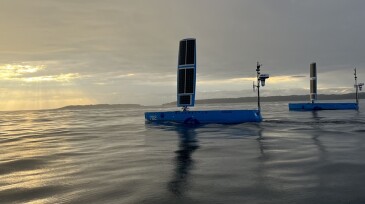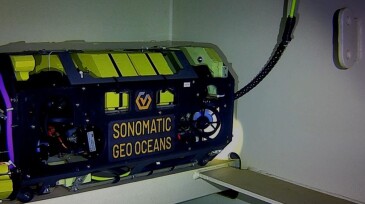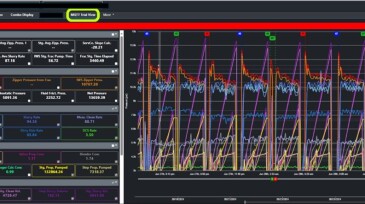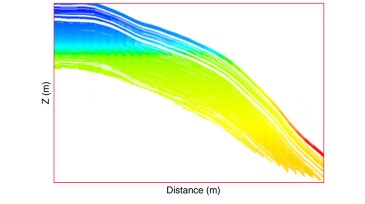Data & Analytics
The companies said they plan to start deploying digital twin technologies in Oman this year.
The paper describes the deployment of fiber-optic monitoring of CO₂ injection and containment in a carbonate saline aquifer onshore Abu Dhabi.
This paper reviews the motivation and development of response-based forecasting from the perspective of the authors, reviewing examples and processes that have served as validation and led to modeling refinement.
-
BMT and Ocius plan to deploy 1,000 autonomous vessels to collect data as “satellites of the sea.”
-
It’s hard to create corporate or master data strategies when every user group you talk to has a different idea of what “good” should look like from their perspective.
-
Geo Oceans has achieved class sign off for the world’s first entirely robotic FPSO cargo oil tank special survey.
-
This paper outlines how one company uses digital technologies to manage HSE risks in project delivery, developing an artificial intelligence (AI) predictive model to predict HSE risks and incidents based on historical incident data.
-
The two companies announced a 10-year partnership to work on digital solutions to challenges including carbon capture, storage, and use.
-
Intelligent Wellhead Systems and ProFrac Services say the new method simplifies and streamlines data transfer during hydraulic fracturing.
-
The RoboWell technology for well control will be available globally through Halliburton’s Landmark iEnergy hybrid cloud.
-
A self-updating and customizable data-driven strategy for real-time monitoring and management of screenout, integrated with proppant filling index and safest fracturing pump rate, is proposed to improve operational safety and efficiency at field scale.
-
Automated workflow unifies geological, completion, and production data to inform speedier, better investment decisions for nonoperated assets.
-
The authors of this paper review the advantages of machine learning in complex compositional reservoir simulations to determine fluid properties such as critical temperature and saturation pressure.













